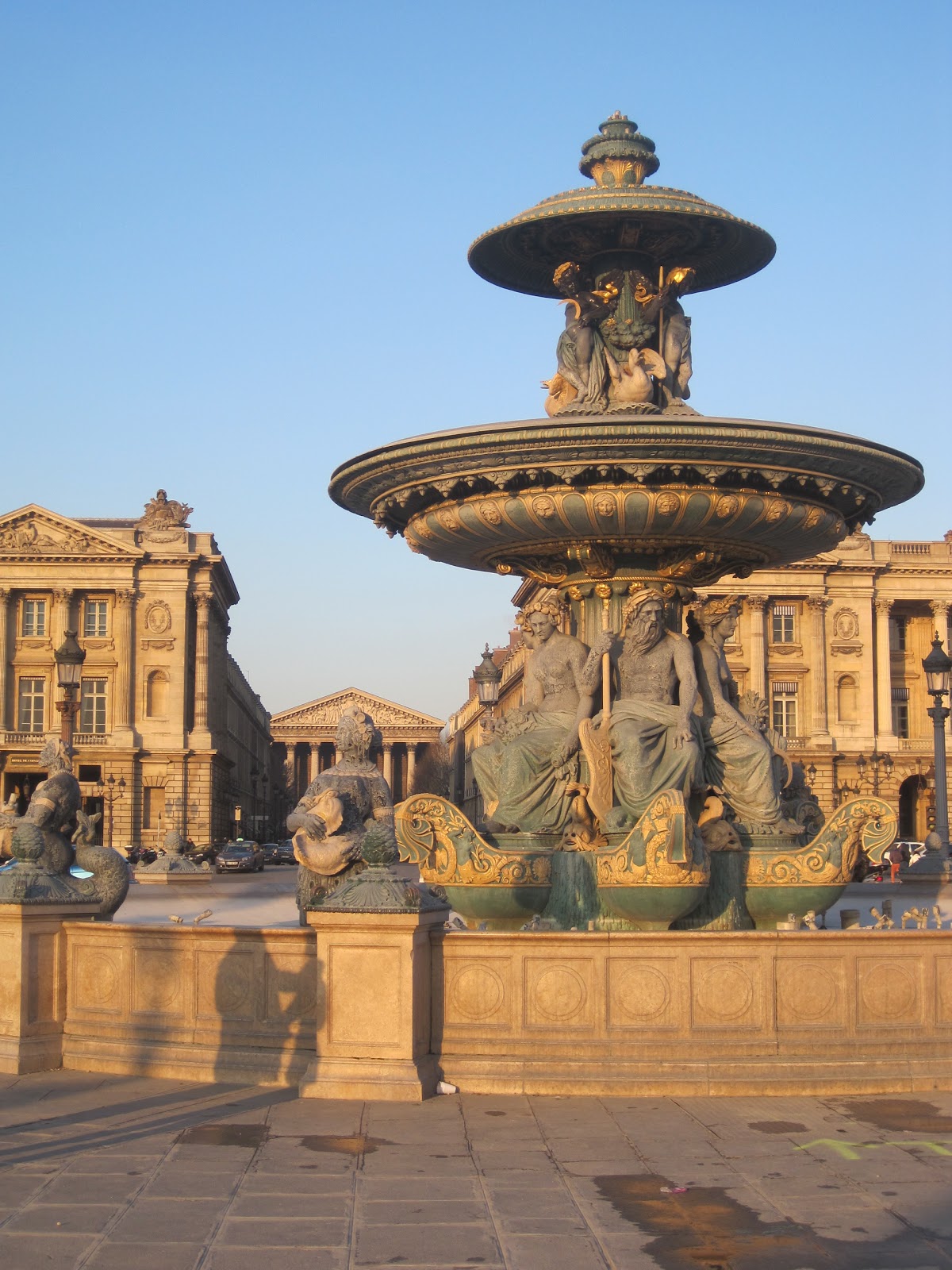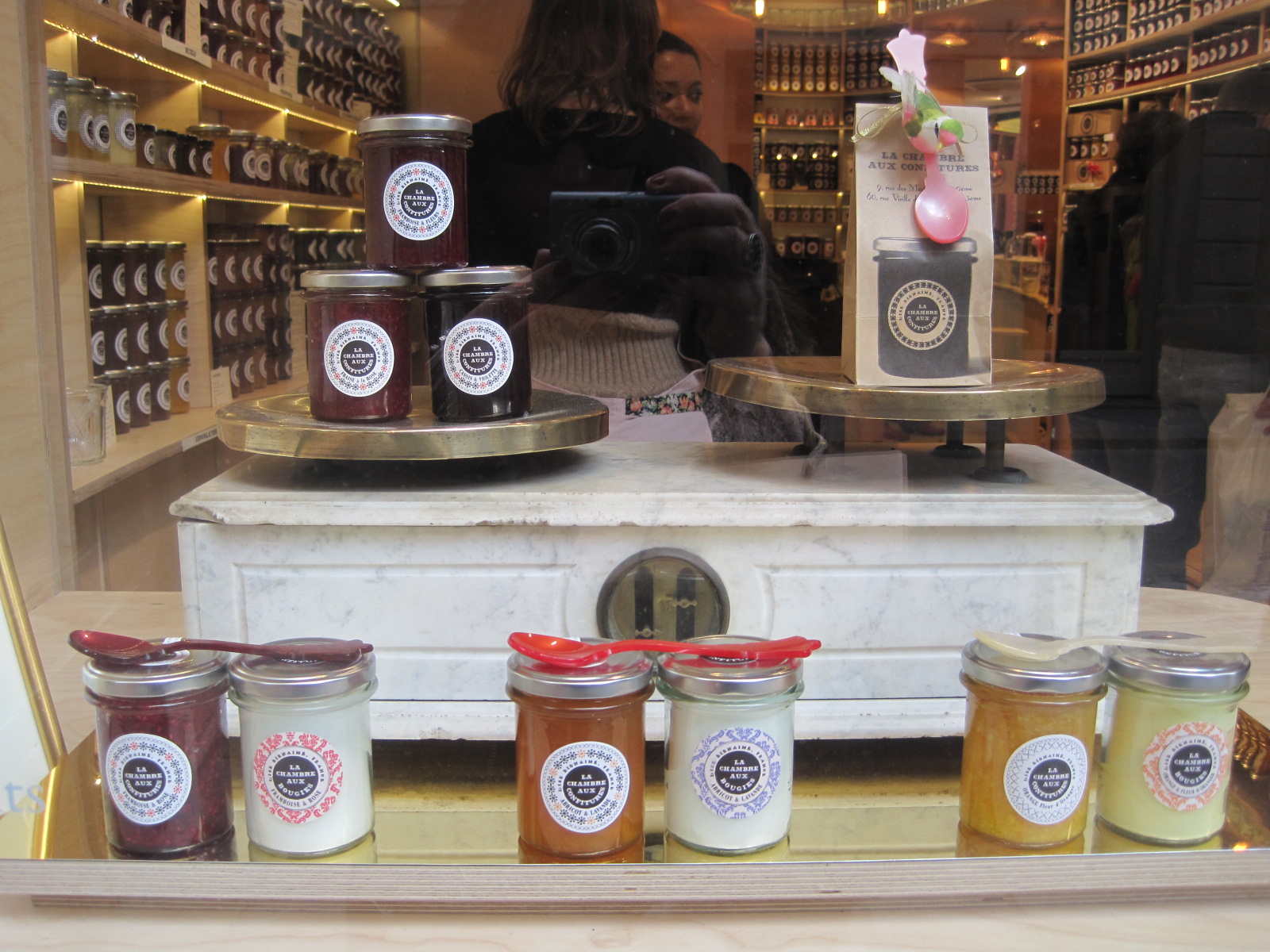Dr. Johnson's House, London
"When a man is tired of London, he is tired of life; for there is in London all that life can afford."
I very much enjoyed my visit to the Dr. Johnson House which is just around the corner from a familiar stretch of Fleet Street on the edge of the City of London. The museum hosts quite a number of talks and events, in addition to a monthly walk which meets at 3pm on the first Wednesday of every month. The walk really brought the area into focus and helped me see through the modern changes back to the London of Johnson's era. This was the perfect frame for appreciating the house and I highly recommend visiting when you can combine your visit with the walk.
Johnson lived a rather peripatetic life plagued by financial problems and poor health. He moved between a number of homes and boarding houses spread through this area of London. However, this was the house in which he researched and complete his famous dictionary. The museum does give you a sense for his work, his marriage and his friends, including a number of those whom he housed for considerable stretches of time.
The house does have considerable charm and is built over five floors. Above you can see a rather ingenious swinging door system which could be opened to create a wider, brighter space or closed to create two separate rooms on the second floor.
Johnson appears to have been a kindly man with a wide circle of friends, and the house attracted many of them including the painter Joshua Reynolds, the writer Oliver Goldsmith and the actor David Garrick who had at one time been his pupil. One room documents his male friendships and another his associations with many female intellectuals of the day.
Here is Gough Square on which Dr Johnson's House can be found.
The surrounding area is quite fascinating. Like many parts of London much has been rebuilt ,from both the Great Fire of 1666 and the Blitz during the Second World War. However, the narrow streets and remaining alleys still give you a feel for the London with which Johnson would have been familiar, as you can see below.
On the walk, the guide explained that much has changed since Johnson's time, that Fleet Street has been widened and the nearby church rebuilt to accommodate the road. However, this statue of Elizabeth I would have been familiar to Johnson as it was moved from the original structure, along with the church clock which continues to hangs out over Fleet Street.
We continued down Fleet Street past the Victorian Royal Courts of Justice below to St. Clement Danes which is now the RAF (Royal Air Force) church. The church stands on an island between the traffic and is well known to Brits for a children's nursery rhyme, "Oranges and Lemons". Though damaged by a bomb in the Blitz this was a church know to Johnson and his statue graces the eastern side, apparently there is a pew dedicate to him inside too.
Here is the statue. The inscription reads, in part, "Samuel Johnson - Critic, Essayist, Philologist, Biographer, Wit, Post-Moralist, Dramatist, Political Writer, Talker" What a wonderful list of talents to be remembered for, do you think anyone is remembered for their wit anymore?
We passed this Victorian monument in the middle of Fleet St which replaced Wren's magnificent Temple Bar, now found in Paternoster Square. The story of how this enormous gateway was lost and found is a tale for another time. But if you are curious do check out the following page it's an almost unbelievable story although it's irrelevant here!
We carried on to Temple Church (below) which Johnson would have know and it is where his friend Oliver Goldsmith is buried in a modest spot behind the church. This is one of the prettiest spots in London and beyond the standard tourist itineraries.
The proximity to the courts means that this remains and area well populated by lawyers as you can tell from the barrister's chamber sign below..
The Johnson House houses a good number of books and articles about Johnson and has a warm inviting intellectual feel. I enjoyed a short film on Johnson's life and work and sat down to read a number of interesting articles including several relating to Francis Barber the young freed slave that Johnson left his modest estate to. The entire story is covered in a recent biography.
While the house doesn't have a complete domestic interior and is essentially a recreation, having served in various capacities including as a Firemen's hall, the museum does invoke an appreciation for both Johnson and his gifts.
I left knowing more than when I'd started, and with an interest to learn more which is the most we can ask from such a place. Given Johnson's famous wit I do think they could make more of his quotations throughout the house and as such I can't resist adding a few here!
"Nothing has more retarded the advancement of learning than the disposition of vulgar minds to ridicule and vilify what they cannot comprehend."
"A man, Sir, should keep his friendship in constant repair."
"Sir, I have found you an argument; but I am not obliged to find you an understanding."






























Comments